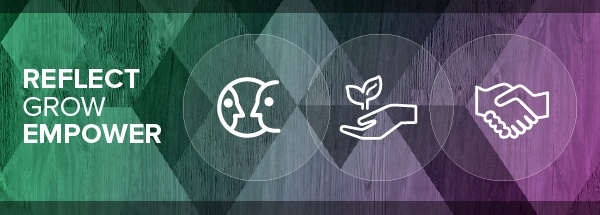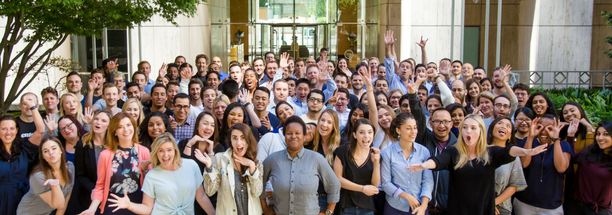
Being a woman in the workforce lends itself to unique challenges. While many companies support gender diversity, workplace equality remains an initiative yearning for action.
So often the picture painted for working women isn’t favorable. We’re 15% less likely than men to be promoted, earn less than men for same roles, and continue to be professionally underrepresented, holding under 30% of roles in senior management. Evidently, at the current pace, it’ll take longer than a century before there’s gender equality in the C-suite.
If you’re like me, reading through that might have been mentally exhausting. Good news about women in the workforce can be few and far between. That’s discouraging, especially in the midst of groups taking action on diversity and inclusion, like Project Include, Catalyst, Code2040, Lean In, and Paradigm, just to name a few.
In light of this, we’re drawing the attention back to the power of potential, and narratives of growth. Entelo’s Reflect, Grow, Empower will share lessons on being bold and resilient, as told by women leaders in tech. Leading up to our panel, we spoke with speakers Linqia’s Maria Sipka, Floodgate’s Ann Miura-Ko, and Decker Communications’ Hilary Davis to learn more about their pillars of inspiration, success, and hustle.





















